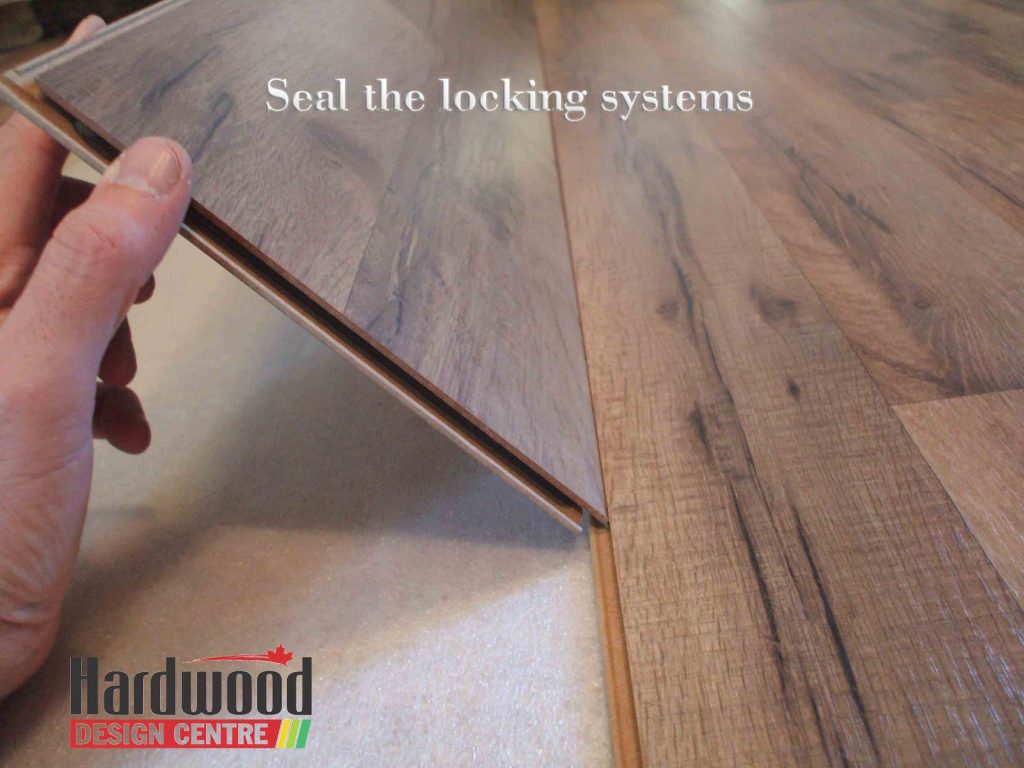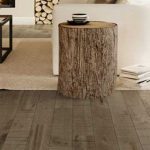The beauty of having laminate flooring in any home is the fact that it has a hard wood look to it, it is affordable and easy to install. With this type of flooring, you get to have an elegant home without much trouble. The only drawback to it is the fact that it is prone to water damage. Since laminate is mostly made of MDF substrates, it tends to soak up water. While at first it is difficult to spot the water damage, with time, the floor begins to swell up and eventually splinter. How then do you make your laminate flooring waterproof? Read on to find out!
Use polyurethane as a top coat.
Other than installing actual waterproof flooring, this is the most effective way of protecting the laminate from water damage. Even if this won’t take care of the gaps between the planks, a polyurethane top coats will protect the floorboards. It is important to note that laminate flooring has a thin resin layer which the polyurethane might not adhere well with. Sanding this layer down is also not an option as it will only destroy the aesthetic beauty of the flooring. The best application of the polyurethane is through a mop, allowing one layer to dry first before applying another one. The number of layers to be applied is dependent on the floor and the brand of coating.
Seal the locking systems
The gap located where two planks meet, if left unsealed, could increase the rate of water damage to the laminate flooring.

Using a floor sealant is advantageous in that it doesn’t totally glue this gaps so in the event of repairs, lifting the floor would be an easy task. Different laminate companies often have a preferred brand of sealant they recommend and sometimes even manufacture. It would be best to use the recommended laminate sealant to avoid buying one that is rigid. The wrong type of sealant may not expand or contract depending on humidity levels, causing the floor to splinter.
When applying the laminate floor sealant, time is crucial as most tend to harden quickly. Clean up as soon as you can to achieve a neat and tidy outlook and to also avoid lumps of dried sealant on the floor.
Use chalk for extension gaps.
Extension gaps are usually the most prone to water damage when it comes to laminate flooring. No matter how small these gaps may be, spills and leaks will always pass through and eventually accumulate. Failure to seal this gaps will lead to water infiltrating into the floor boards. Since silicon is flexible, your laminate flooring will still maintain its ability to adhere to humidity levels.

Are you looking to protect you laminate flooring from water damage?
With the above mentioned methods, you will have waterproof flooring while still maintaining the beautiful outlook of your laminate floors. When it comes to laminate flooring, water damage is never noticeable immediately. It takes time for the floor to significantly swell and eventually crack or splinter and by then it is usually too late. These preemptive measures will go a long way in ensuring your floor is duly protected.


